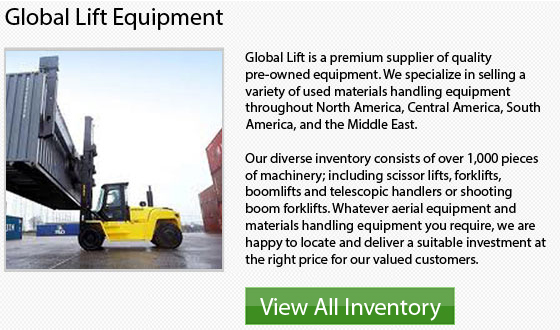
Vertical-mast and rough-terrain lift trucks keep picking up and placing different building materials on different jobsites even through the evolution and rise of telehandlers on the market. There are a lot of traditional-style forklifts offered in the material handling industry that lost market share to telehandlers. This occurred specially when the competition broke onto the construction scene. Since that time, sales numbers have become stable. Vertical-mast lift trucks have re-surfaced and seem to be becoming more popular once more because of their greater productivity, modification of some telehandler-like features and low cost.
The straight mast forklift could finish twice the work as a telehandler due to their superior handling and maneuverability in combination with their better ground speed. Interestingly enough, rental companies are beginning to charge higher rates on straight-mast models.
Within the rough-terrain forklift business, rental buyers have been having a greater influence. Over 50 percent of all vertical-mast forklifts are presently being sold to a rental yard. These acquisitions are generally driven mainly by utilization, which is a factor closely followed by acquisition price.
The telehandler has become a very popular machinery in the material handling industry. Their popularity has given them a better advantage in terms of rental utilization. Their overall expansion has been moderated by their higher price. There is some forklift users who feel that telehandlers are not nearly as helpful compared to conventional rough-terrain lift trucks for unloading and loading repetitive jobs. This means that even though competition amongst telehandler marketers has lowered their prices, many prefer the RT lift trucks that have been performing well for decades.
The telehandler is a bit slower machinery in comparison to a rough terrain lift truck unit. They are also ganglier to use and requires a higher level of skill to complete the task. On the upside, they get the reach if they require it. There would continuously be a place in the industry for lift trucks though, because there are places which you would not be able to access with a telehandler.
The rough-terrain lift truck is compact, small and able to lift a heavier load vertically as opposed to the telehandler. Essentially, so as to utilize the best equipment for your application, you should determine what tasks precisely you would be accomplishing, the type of circumstances and environment you would be operating in and what your load capacity is. These factors will help you choose what the right alternatives available are.